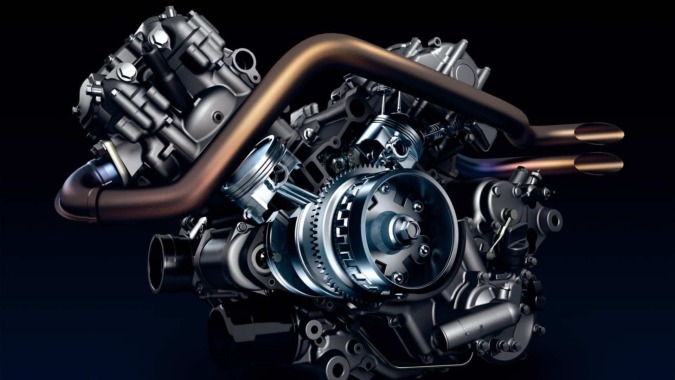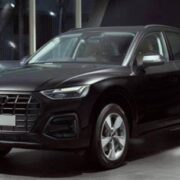
In the contemporary landscape of automotive engineering, turbocharged car has garnered a reputation synonymous with exhilarating performance and improved fuel efficiency. Yet, beneath the alluring façade of turbochargers, a set of nuanced considerations awaits prospective buyers. Despite the tempting allure of a turbocharged engine, it is imperative to approach this technological advancement with discernment and a keen awareness of the inherent hidden costs.
Table of Contents
Higher Turbocharged Car Cost
One of the first hurdles you’ll encounter with turbocharged engines is the higher initial cost. Compared to their naturally aspirated counterparts, turbocharged cars often come with a premium price tag. This upfront investment can be a significant deterrent for budget-conscious buyers looking to maximize value for their money.
Increased Maintenance Costs
Turbochargers are intricate components that demand meticulous care. The complexity of these systems translates to higher maintenance costs when compared to naturally aspirated engines. Regular servicing and potential repairs for turbo-related issues can quickly accumulate, making ownership more expensive over time.
Lower Fuel Efficiency Under Hard Acceleration
While turbocharged engines boast impressive fuel economy figures on paper, their efficiency takes a hit under hard acceleration. For spirited drivers who enjoy pushing their vehicles to the limit, this drop in fuel efficiency can nullify the anticipated savings, revealing a hidden drawback of turbocharged performance.
Potential for Engine Damage
Turbocharged engines are not invincible, and pushing them to their limits can result in premature wear and tear. This risk is especially pronounced for drivers with aggressive habits and inadequate maintenance practices, potentially leading to costly engine repairs.
Increased Insurance Premiums
The thrill of turbocharged power comes at a cost when it comes to insurance. Many insurance companies categorize turbocharged cars as higher risk, leading to elevated insurance premiums compared to their naturally aspirated counterparts. This added expense can erode the perceived fuel savings associated with turbochargers.
Lag and Turbo Hesitation
Turbo lag, the delay between throttle input and power delivery, can be a source of frustration for drivers seeking immediate response. Some turbocharged engines exhibit this lag, resulting in a sluggish initial acceleration that may not align with the preferences of certain drivers.
Heat Generation and Turbo Soak
The performance benefits of turbochargers come with a trade-off—significant heat generation. This excess heat can impact the engine’s overall performance and longevity. Moreover, turbochargers may require a cool-down period after driving, known as turbo soak, potentially inconveniencing drivers in certain situations.
Potential for Turbo Failure
While modern turbochargers are engineered for reliability, they are not immune to failure. Replacing a faulty turbocharger can be a costly and time-consuming repair, significantly affecting the overall ownership experience.
Risk of Modified Vehicles
In the used car market, many turbocharged vehicles may have undergone modifications, impacting both performance and reliability. Identifying and understanding these modifications can be challenging, particularly for inexperienced buyers, adding a layer of risk to the purchase.
Alternatives with Similar Performance
In contrast to prevailing perceptions, naturally aspirated engines with greater displacements can provide performance levels on par with their turbocharged counterparts. Such alternatives frequently present a more economically feasible initial investment, coupled with reduced maintenance expenditures, rendering them a judicious choice for financially prudent buyers.
FAQ’s
Q1: What is a turbocharged car, and how does it work?
Turbocharged cars are equipped with a turbocharger, a device that forces more air in the engines combustion chamber, allowing for increased fuel combustion resulting in more power, without increasing the size of the engine.
Q2: Why are turbocharged cars more expensive than naturally aspirated ones?
The complexity of turbocharged engines, including the addition of a turbocharger, leads to higher manufacturing costs. This expense is passed on to consumers, resulting in a higher initial purchase price compared to naturally aspirated counterparts.
Q3: Does driving style affect the reliability of a turbocharged engine?
Yes, aggressive driving habits, such as frequent hard acceleration and high-speed driving, can increase the risk of premature wear and potential engine damage. Regular maintenance and responsible driving play crucial roles in ensuring the long-term reliability of a turbocharged engine.
Conclusion
The decision to purchase a turbocharged car should be approached with careful consideration of individual needs and priorities. By weighing the benefits and drawbacks outlined in this guide, prospective buyers can make an informed decision that aligns with their budget and driving preferences. While turbocharged cars undoubtedly offer exhilarating performance, understanding the hidden costs ensures that the thrill of the ride doesn’t come at the expense of your financial peace of mind.





